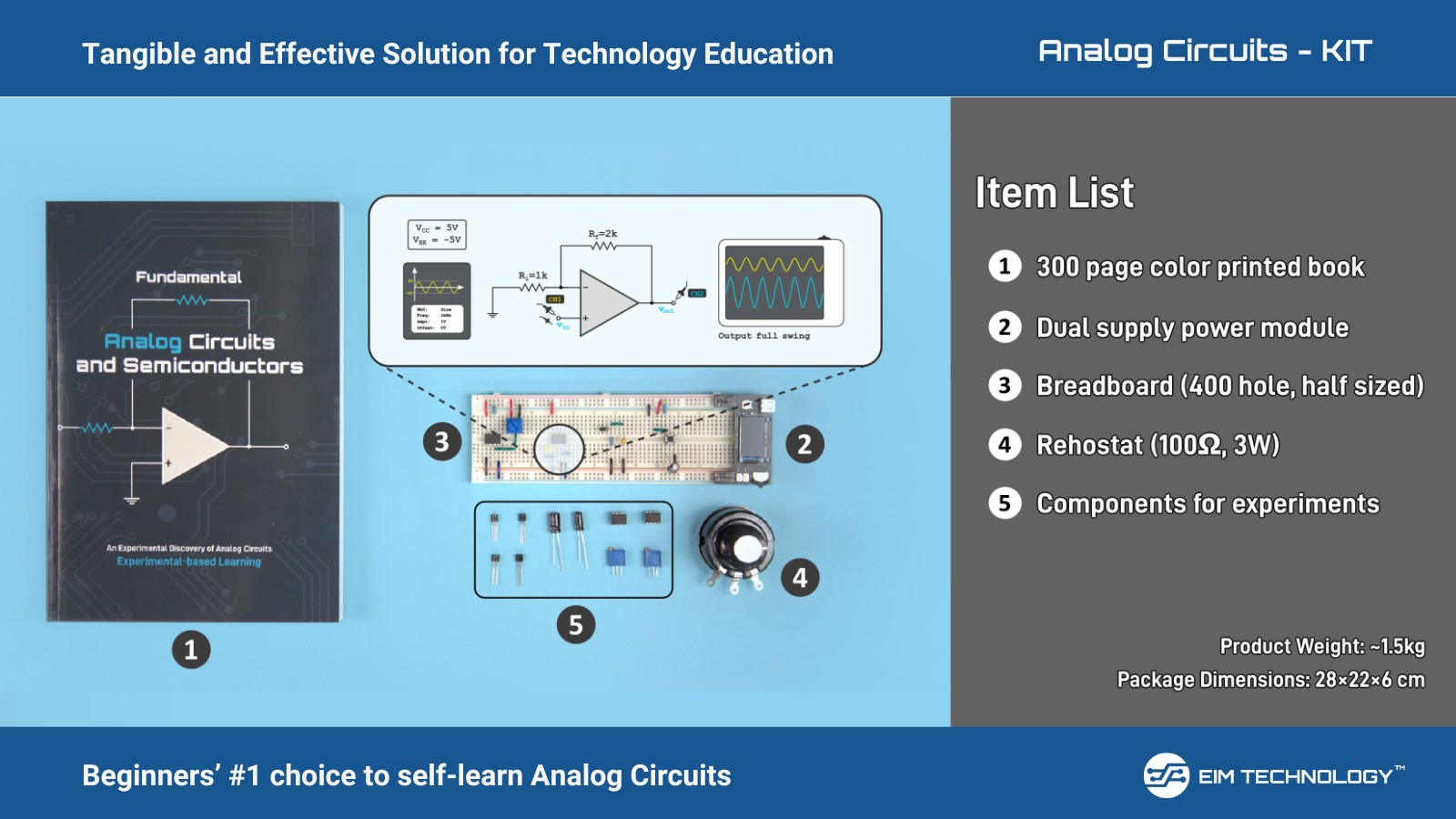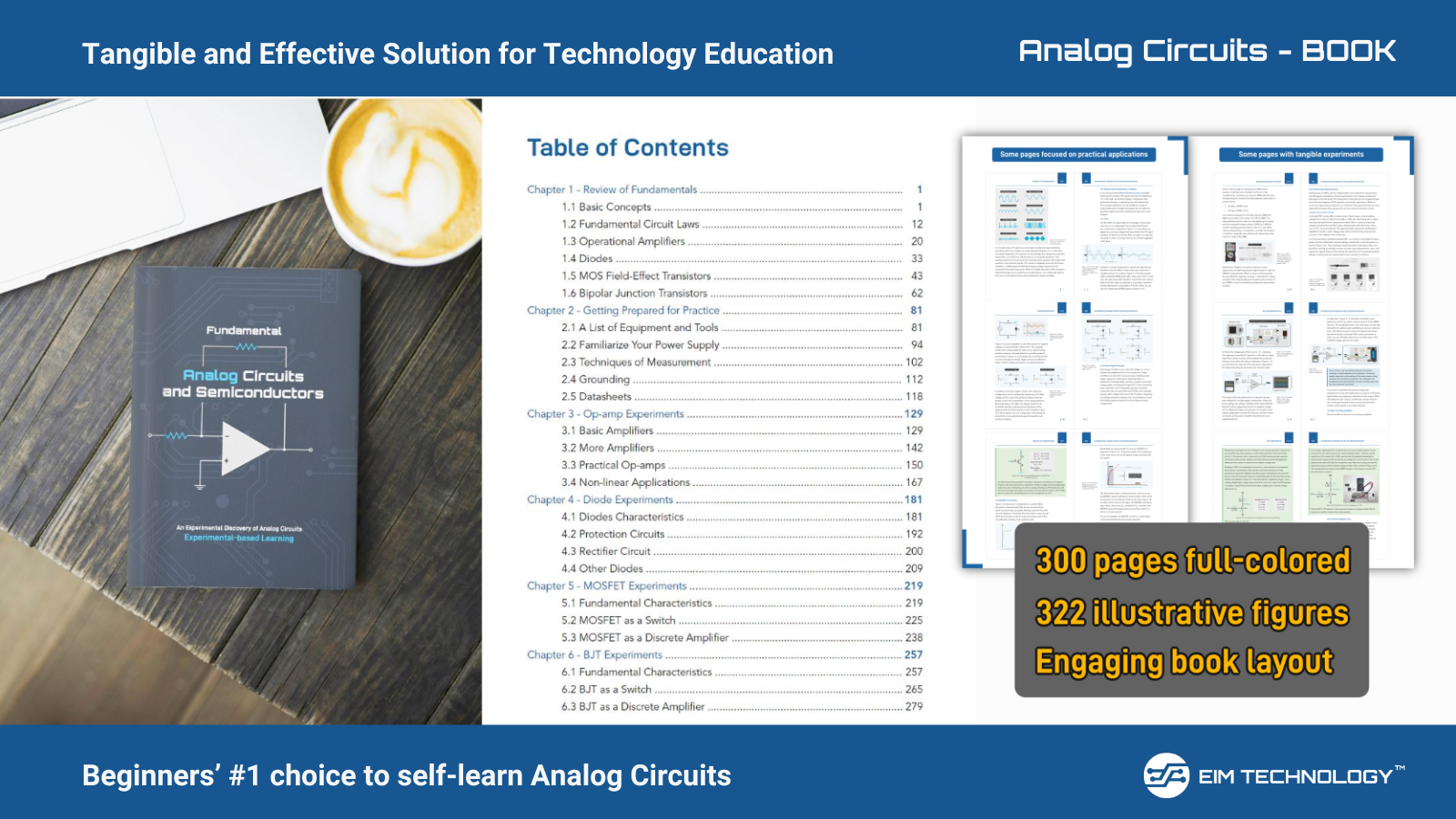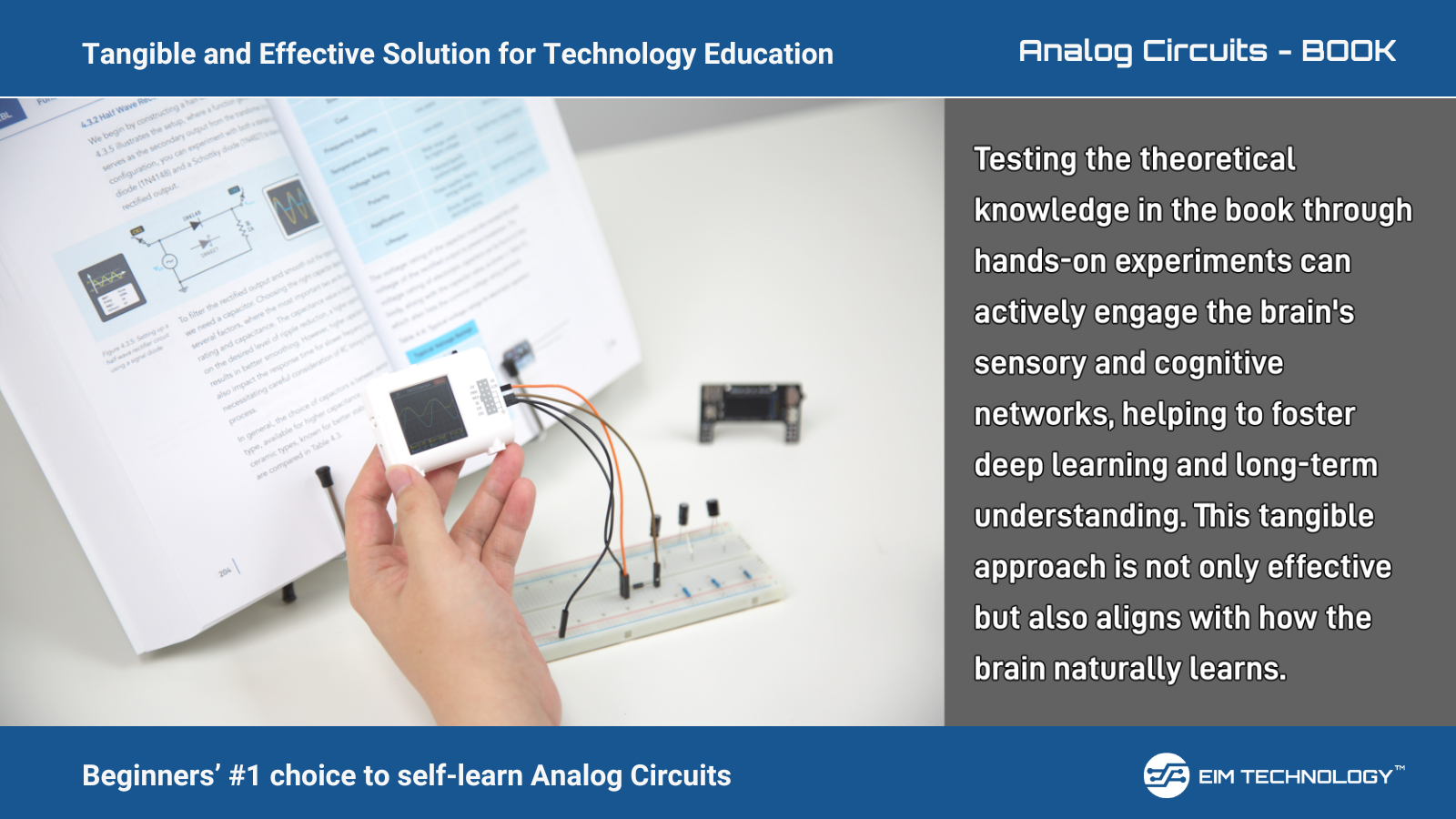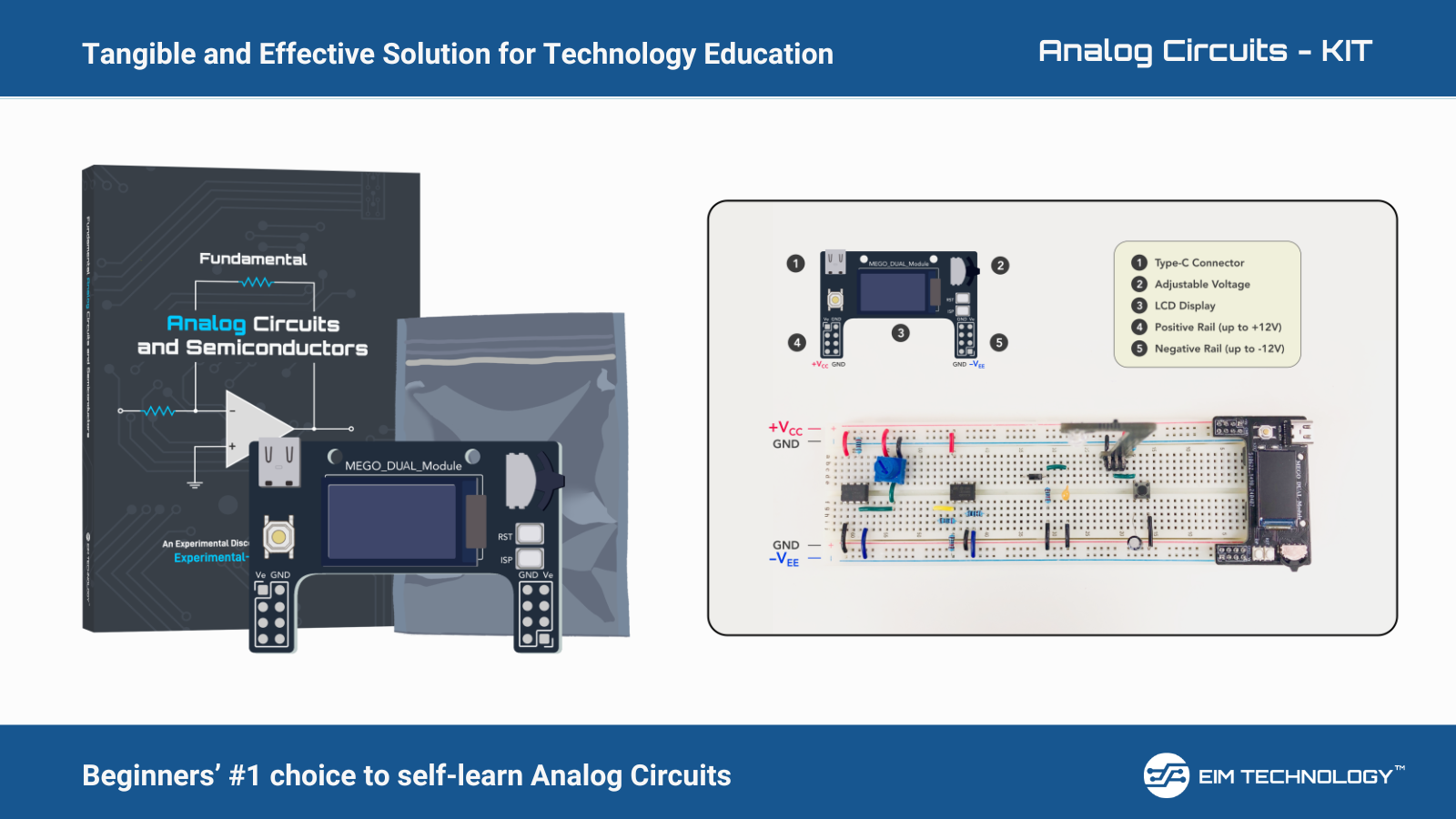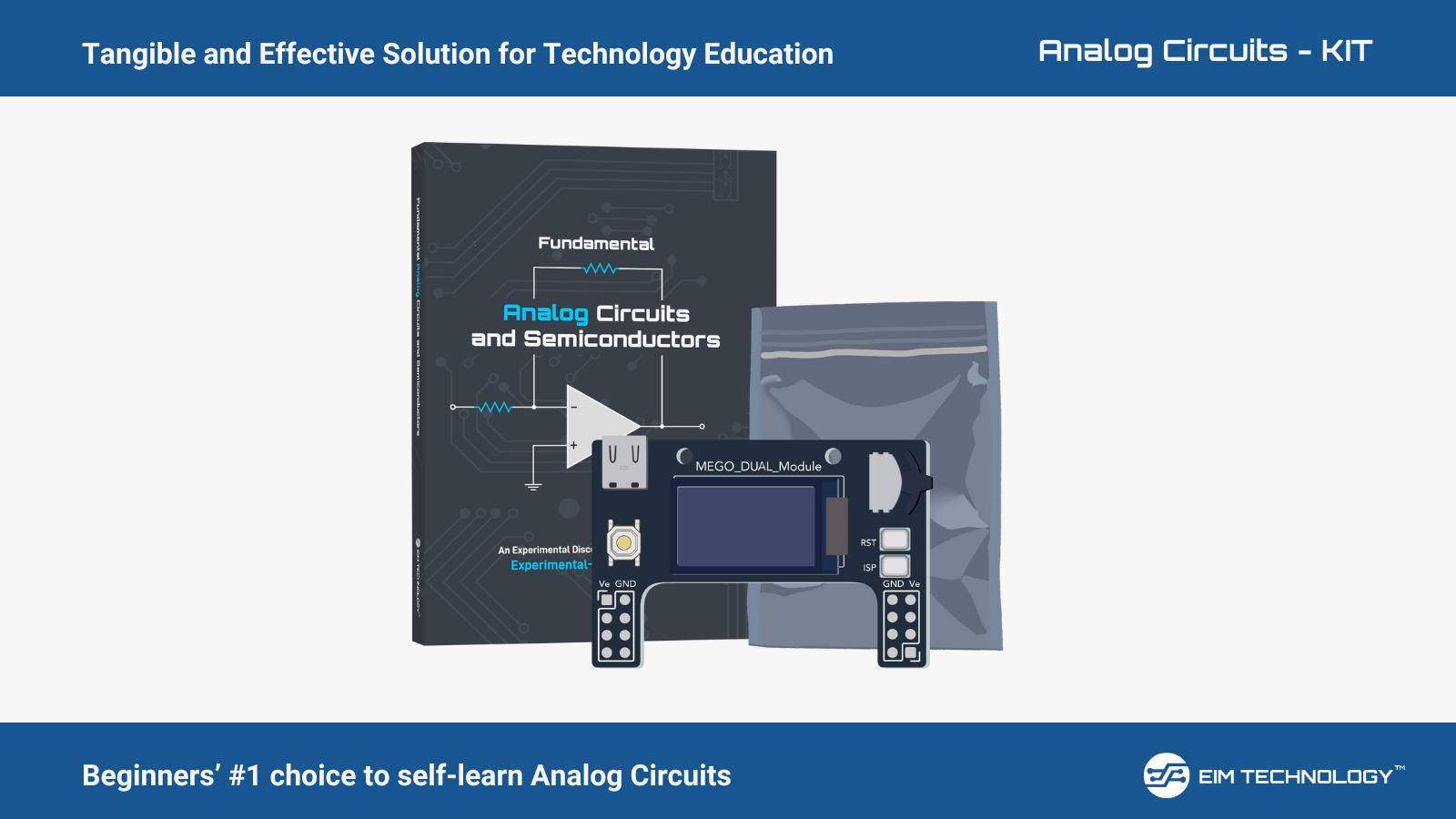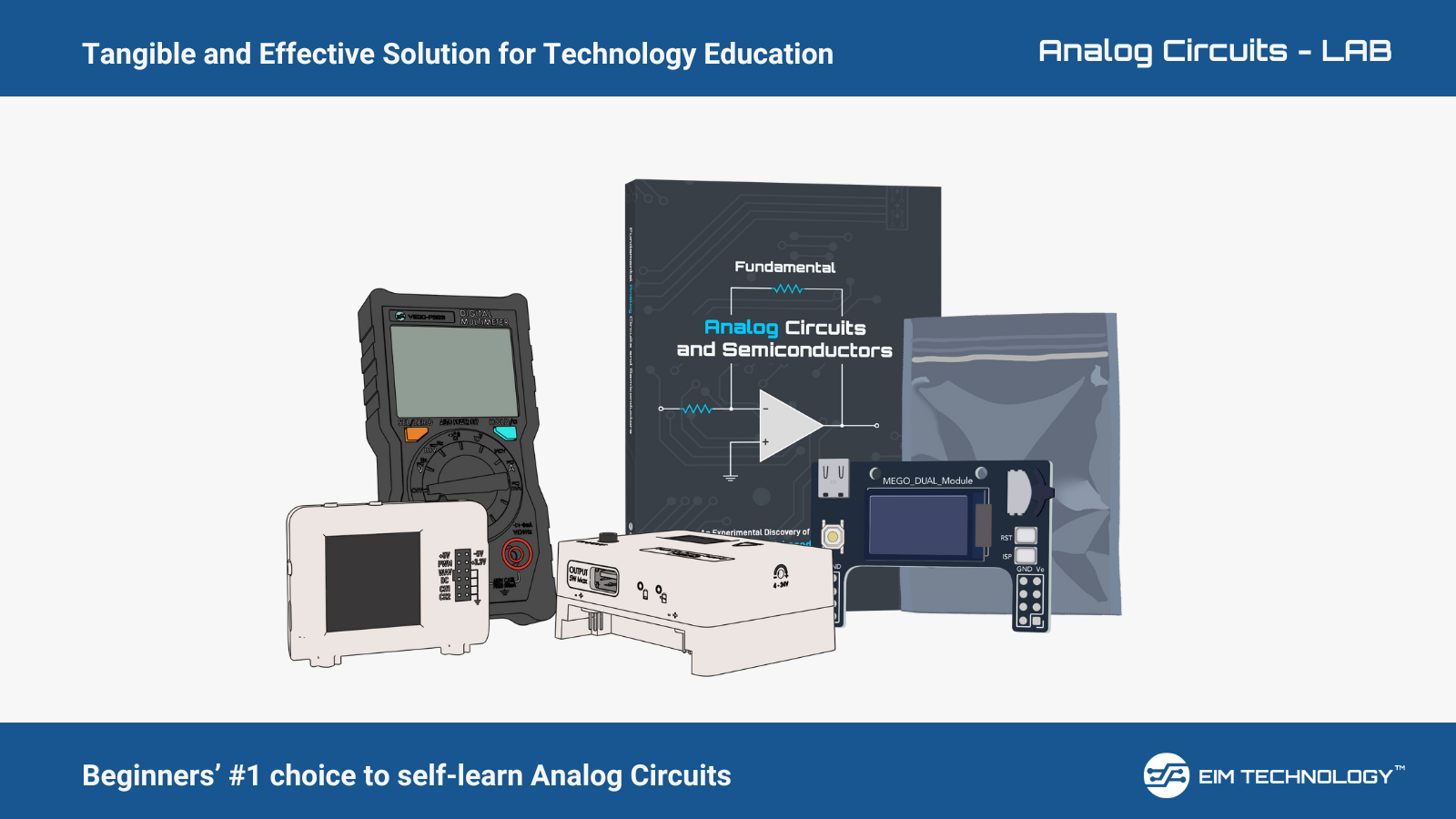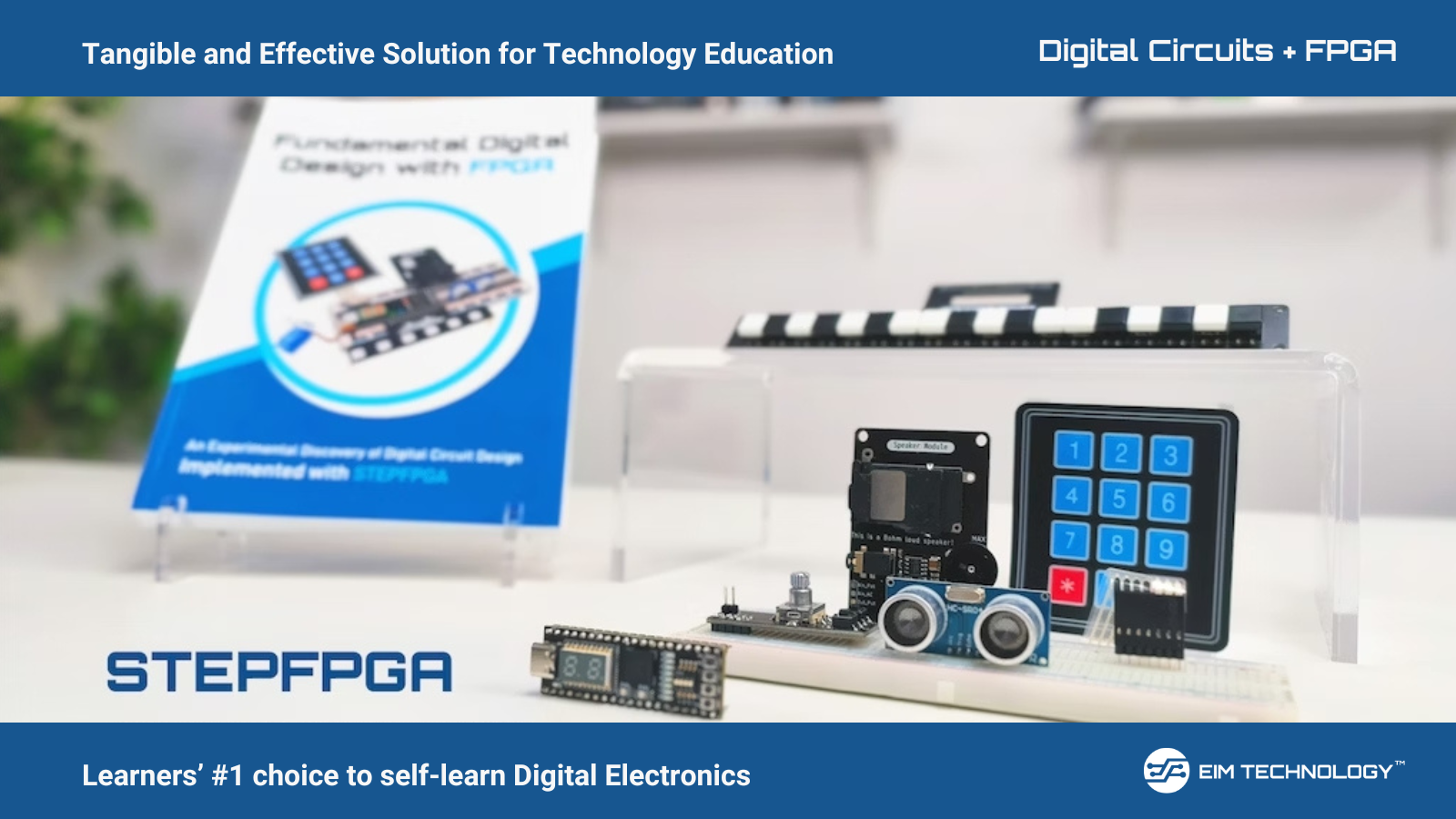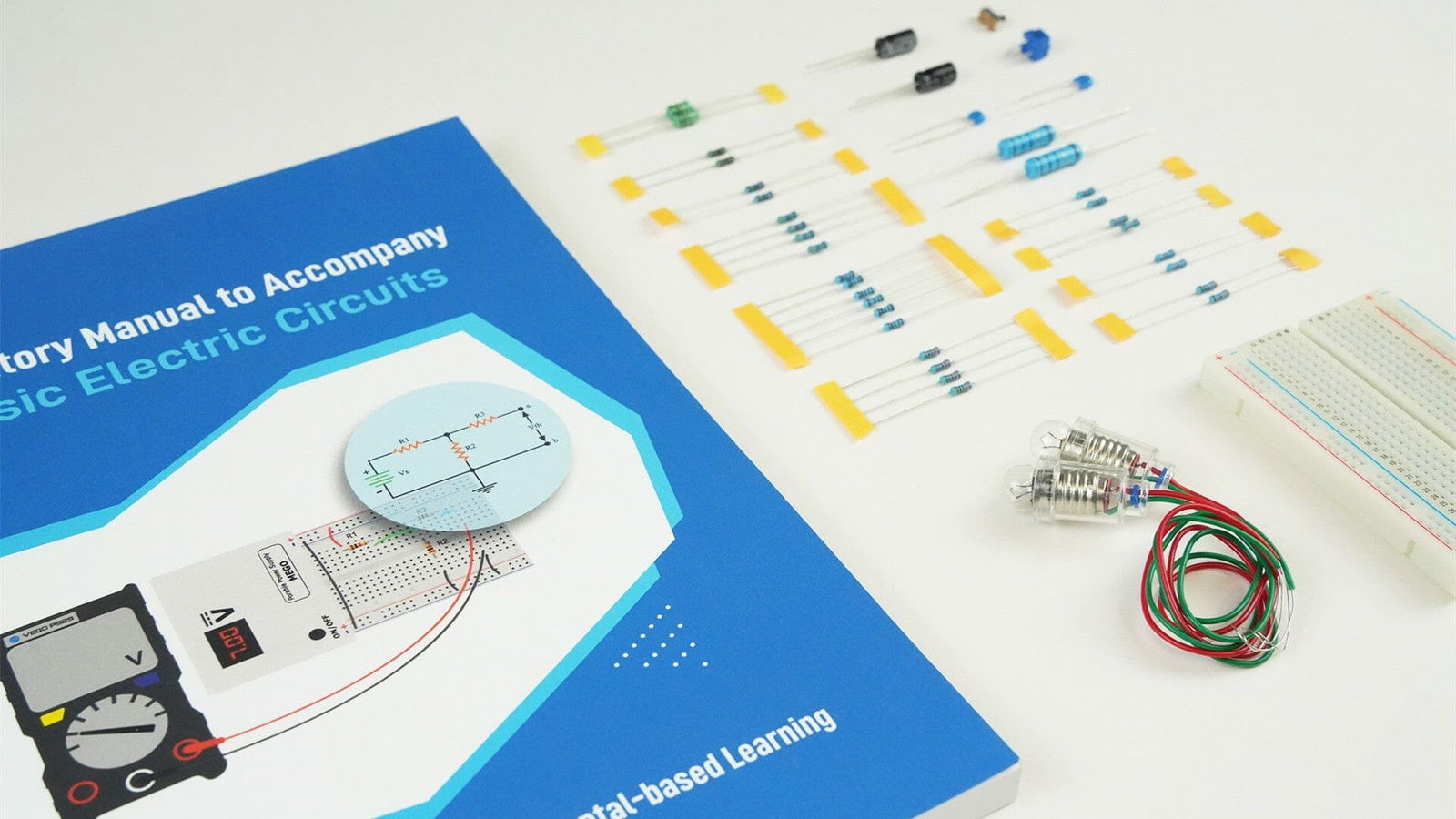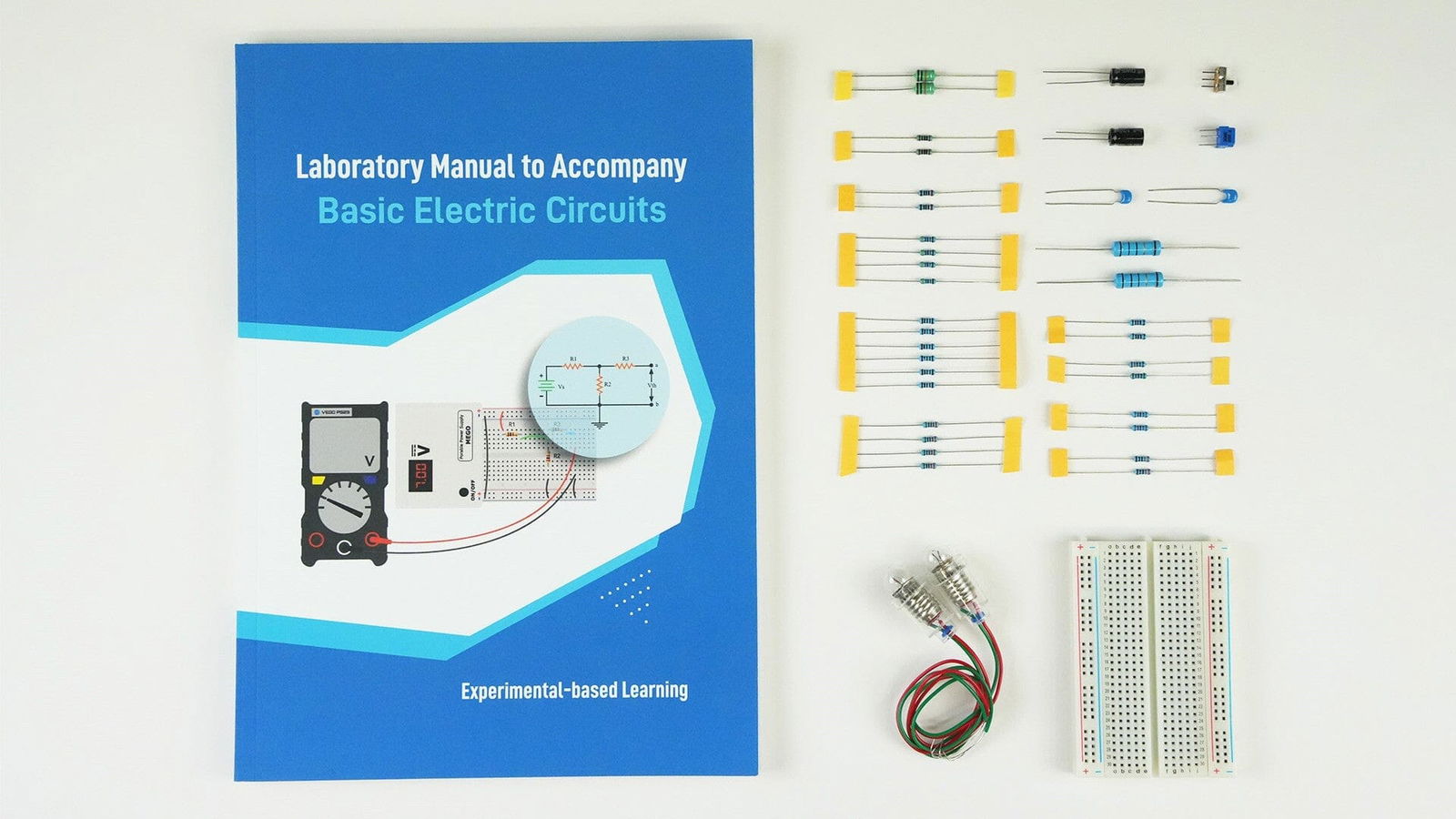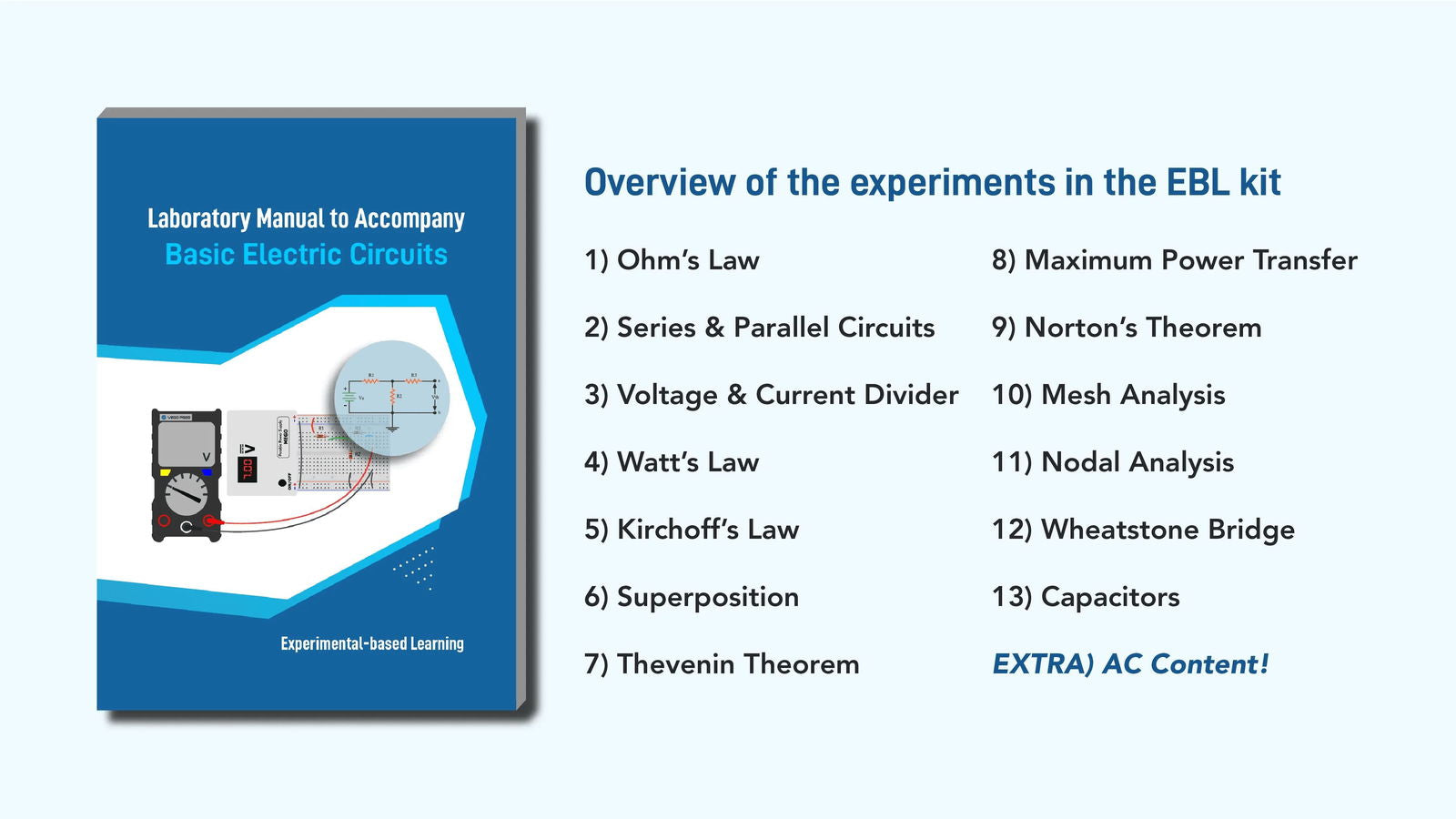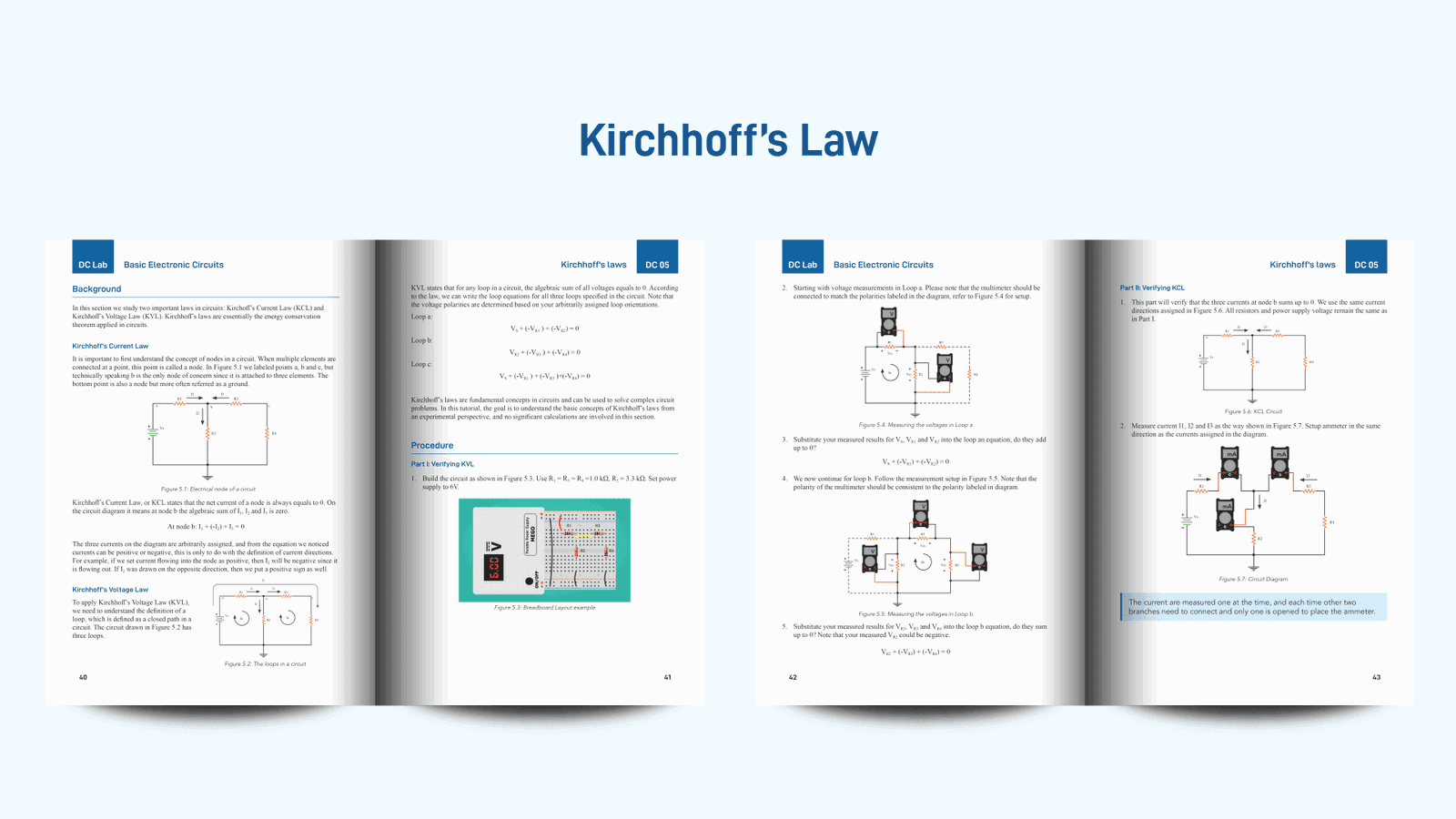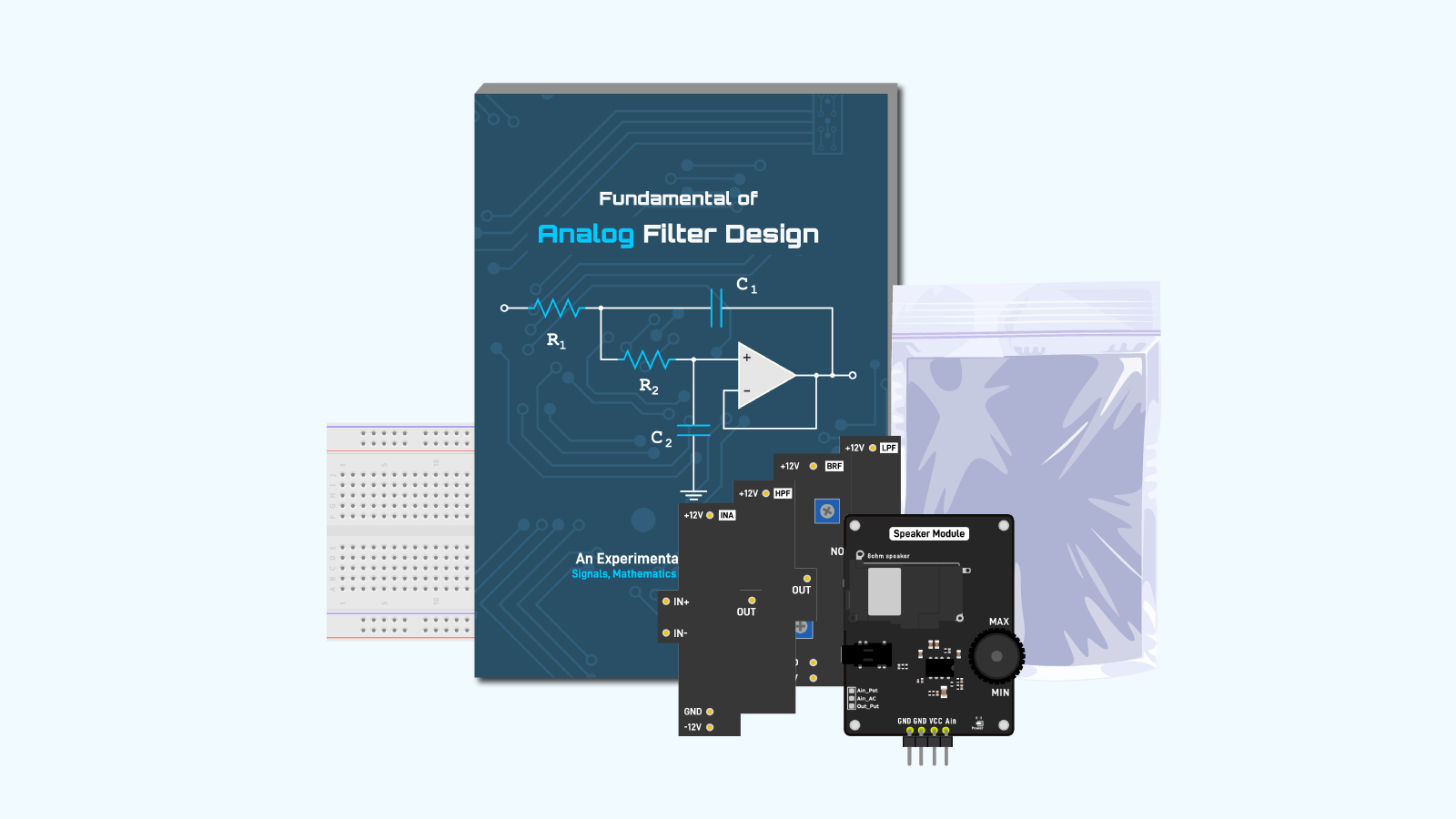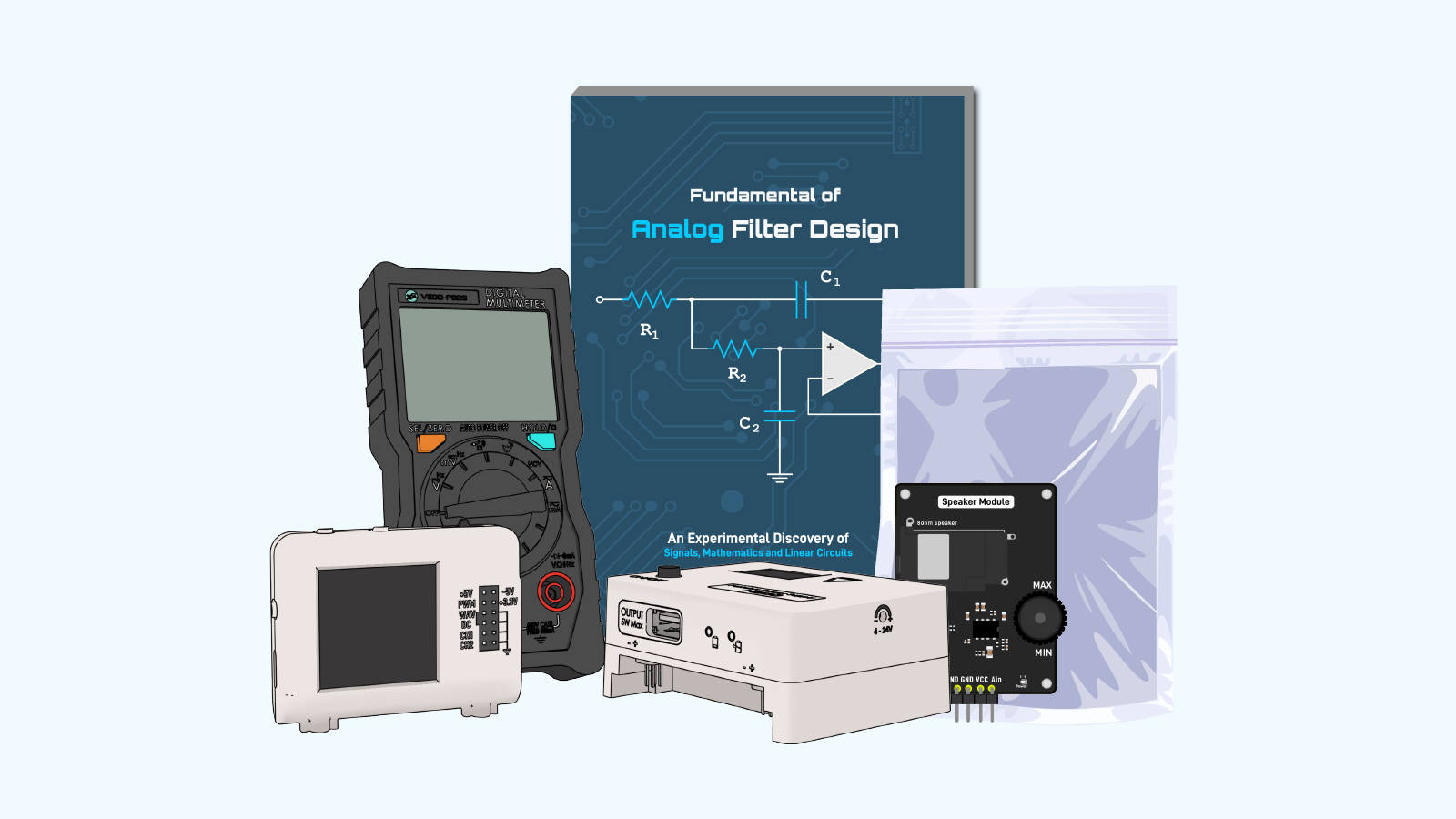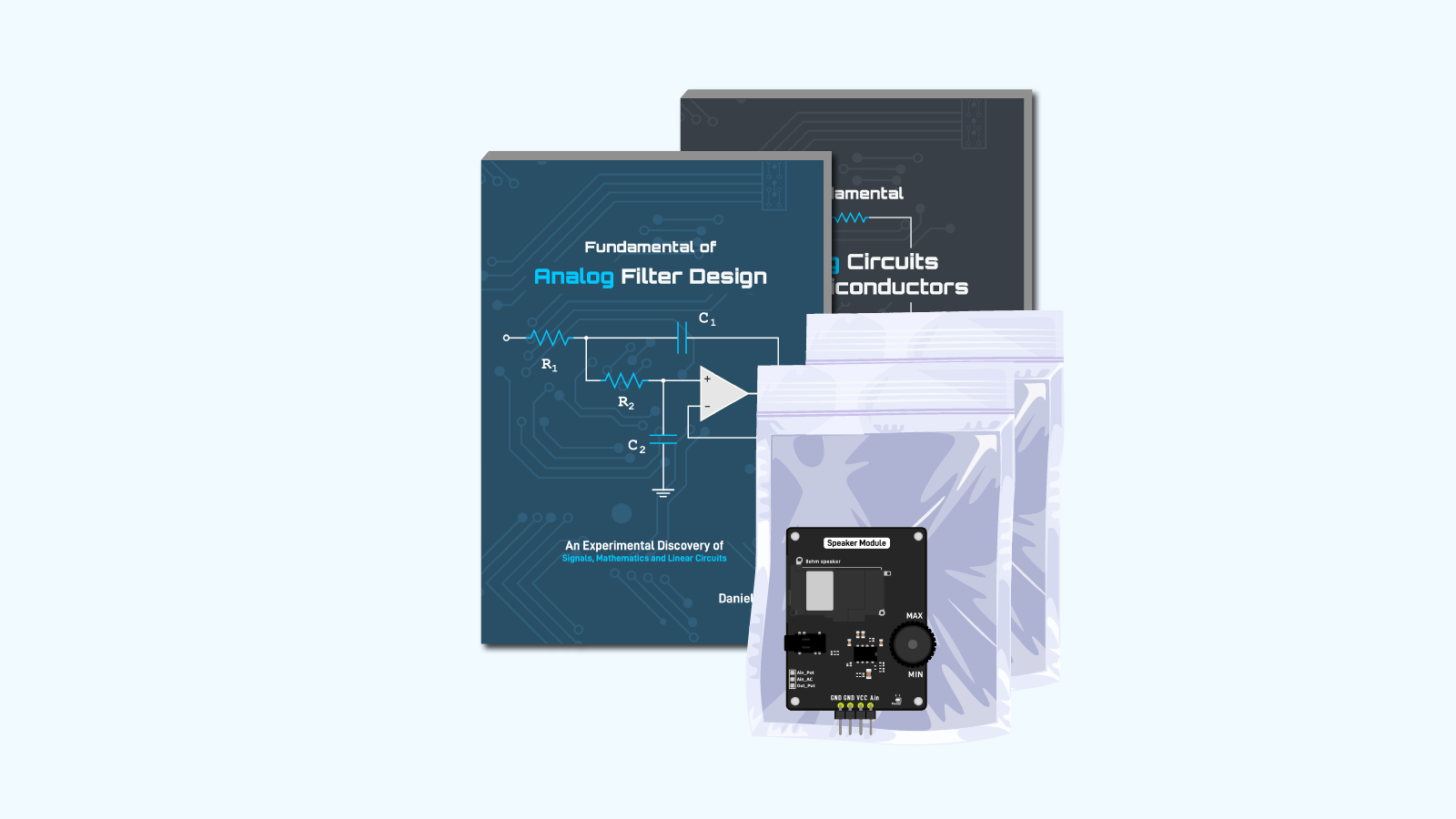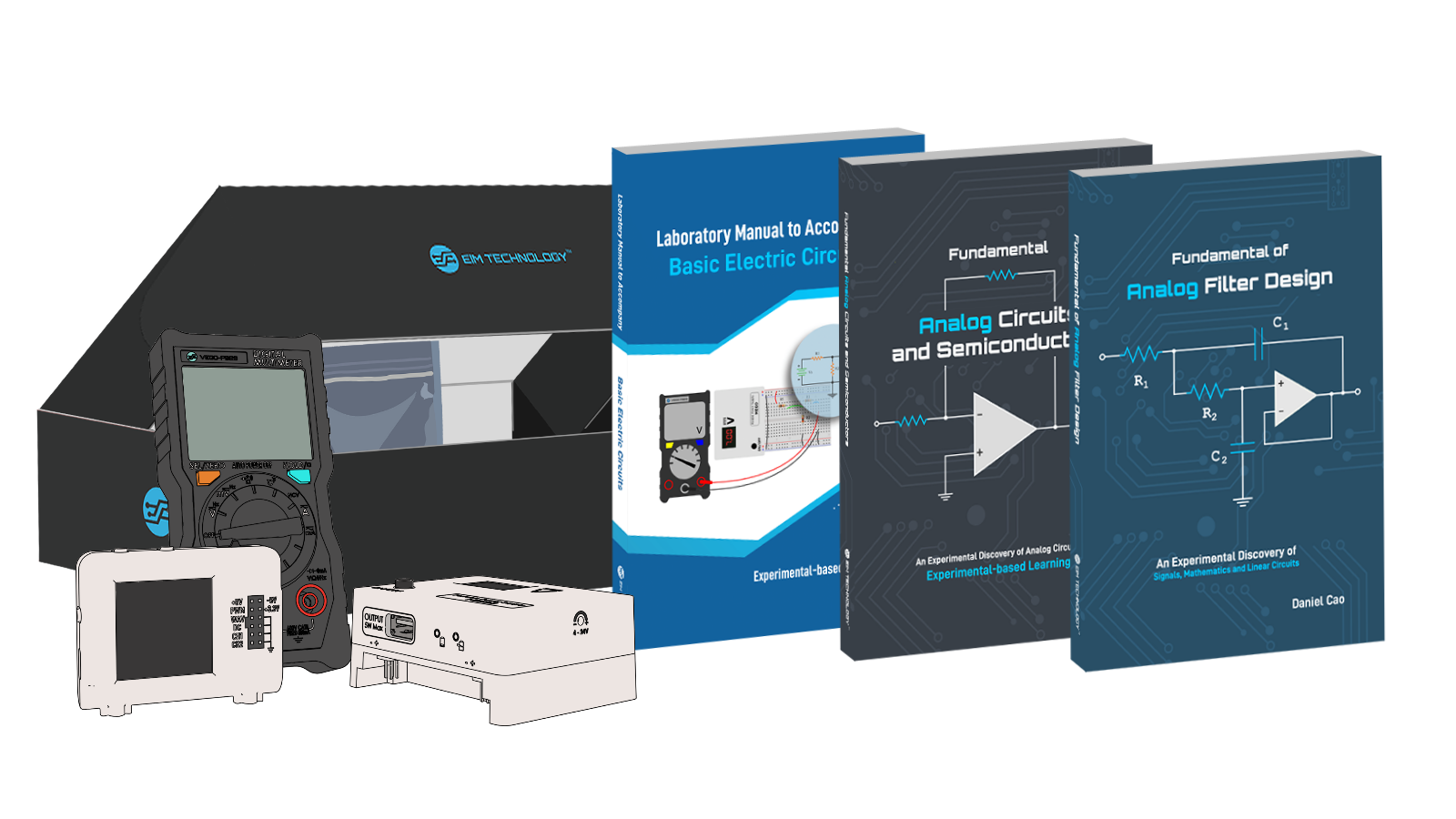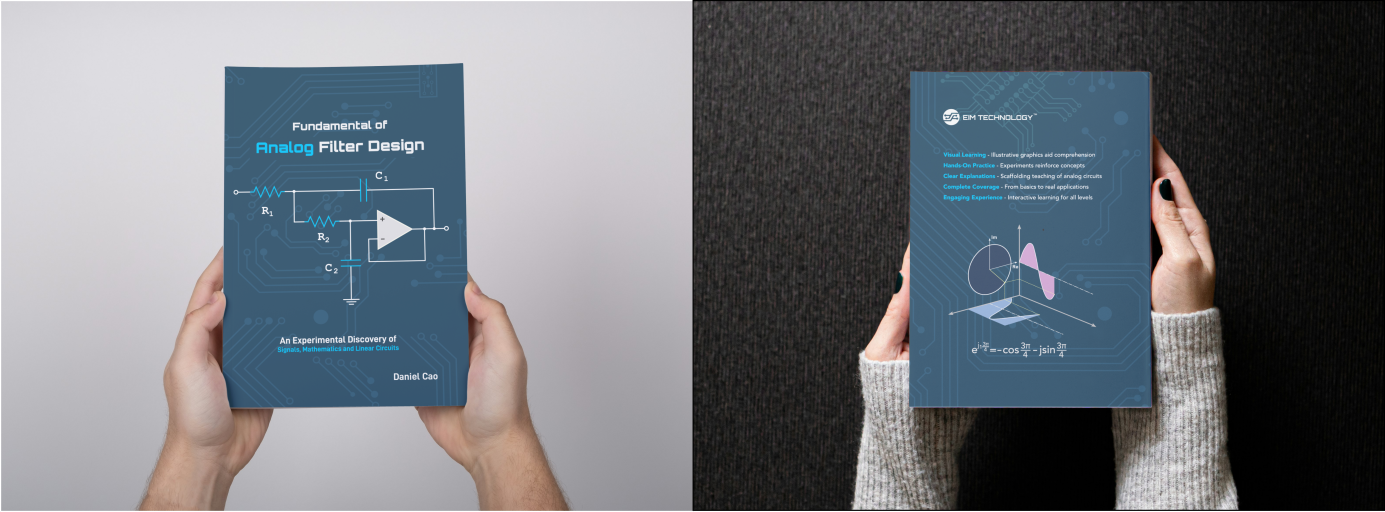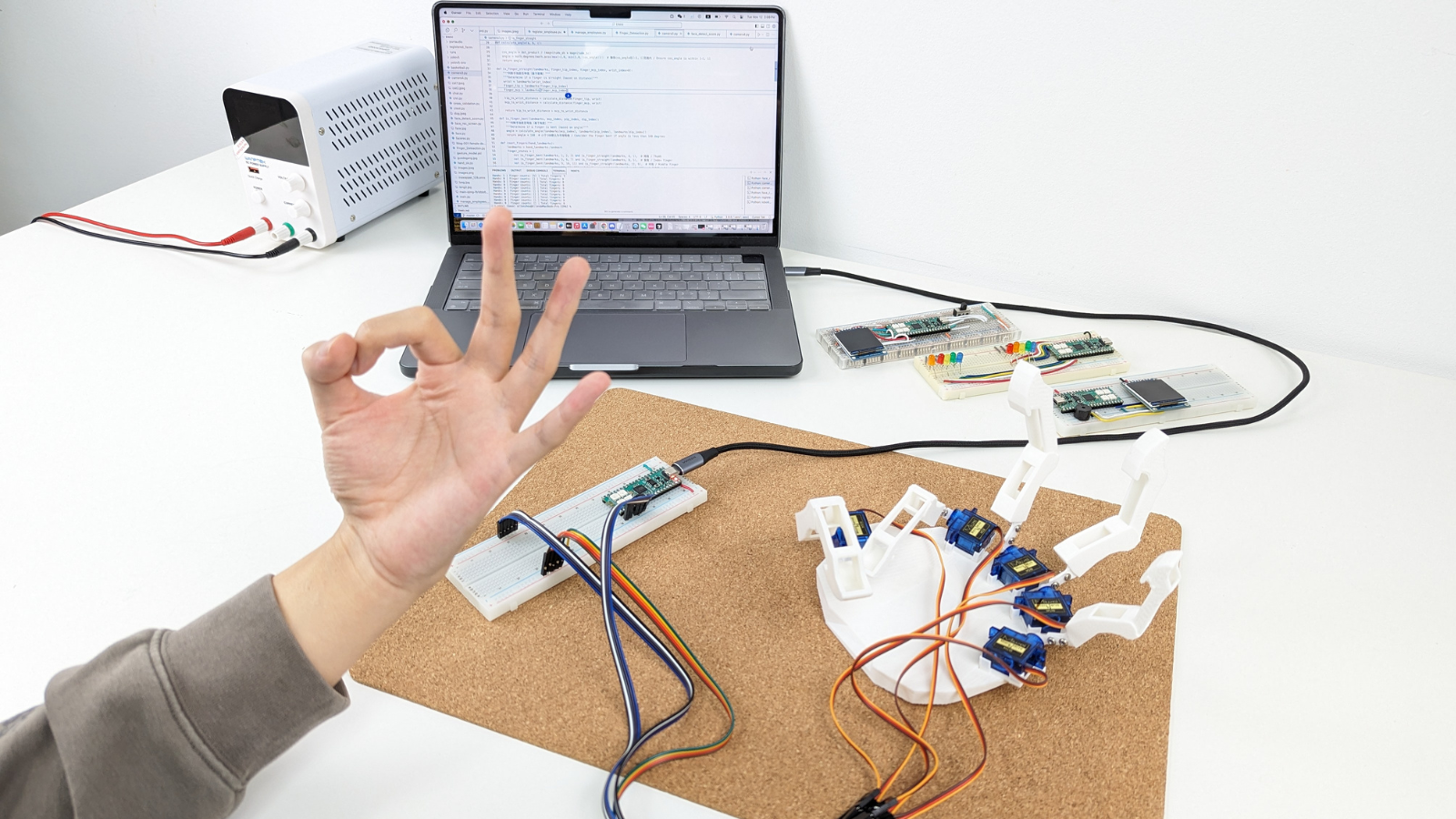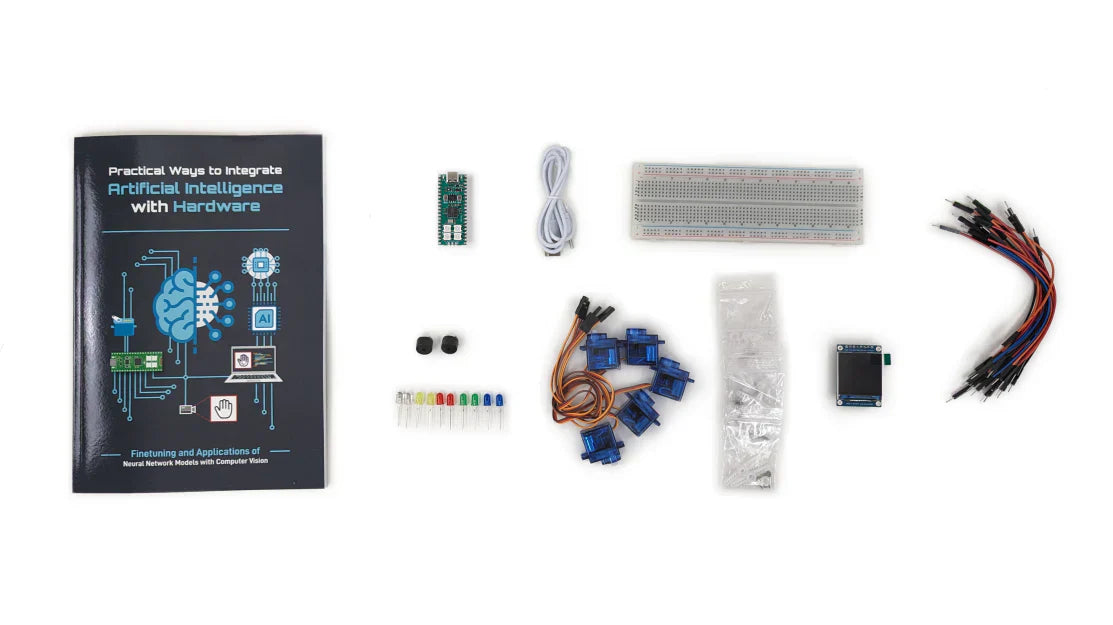Today let us look into the core difference between FPGA, Raspberry Pi, and Arduino, Each of these platforms serves distinct purposes, and their differences can guide users toward the best choice for specific projects. Below is a detailed comparison:
1. Raspberry Pi Microcontroller

What is Raspberry Pi?
Raspberry Pi is a compact, low-cost single-board computer (SBC) designed primarily for educational purposes and computing projects. It is a complete system that runs an operating system (typically Linux-based, such as Raspbian) and provides general-purpose computing with GPIO pins for hardware interfacing.
Key Features of Raspberry Pi:
o Full-fledged computer with USB, HDMI, Ethernet, and other standard ports.
o Runs operating systems, allowing multitasking and complex software execution.
o Von Neumann architecture (program memory and data memory share the same space).
o GPIO pins for hardware interfacing (e.g., I2C, SPI, UART) but lacks analog pins.
o Programming in high-level languages like Python, Java, or C++.
Task Execution of Raspberry Pi:
• Executes tasks sequentially through a general-purpose processor.
• Operates under an operating system (typically Linux), which manages multitasking using scheduling.
• Runs applications written in high-level languages like Python or C++.
• Execution is software-driven, with the CPU processing instructions step-by-step.
Example of Raspberry Pi working:
In an IoT project, the Raspberry Pi can read sensor data, process it in Python, and send it to a cloud server. These steps occur sequentially, with the operating system managing each task.
Use Cases for Raspberry Pi:
o Education: Teaching programming and computer basics.
o Media Centers: Turn it into a media streaming device.
o IoT Projects: With Wi-Fi and Ethernet, it’s ideal for IoT hubs.
o Edge AI Applications: Can run AI/ML frameworks like TensorFlow Lite.
Raspberry Pi Limitations:
o Higher power consumption compared to microcontrollers.
o Not ideal for real-time applications due to OS overhead.
2. FPGA (Field Programmable Gate Array)

What is FPGA (Field Programmable Gate Array)?
FPGAs are programmable hardware devices that allow users to configure their logic gates and design custom circuits. They offer unmatched flexibility and speed for specific tasks by implementing parallel processing.
Key Features of FPGA:
o Hardware-level programming using languages like Verilog or VHDL.
o Parallel execution: Tasks are performed simultaneously, not sequentially.
o Suitable for high-performance applications like signal processing, encryption, and AI acceleration.
o Acts as custom ICs (integrated circuits), making it useful for prototyping ASICs.
Task Execution of FPGA:
• Executes tasks in parallel by configuring logic gates directly at the hardware level.
• Each part of the FPGA can perform a unique task simultaneously, enabling massive parallelism.
• Execution is hardware-driven, meaning the tasks are implemented as circuits rather than software instructions.
• Deterministic behavior with no OS overhead, making it ideal for time-critical tasks.
Example of FPGA working:
In a video processing application, an FPGA can simultaneously perform color adjustments, scaling, and filtering for multiple video frames in real time, all within nanoseconds.
Use Cases of FPGA:
o High-Speed Processing: Video encoding, real-time image processing.
o Custom Hardware Design: Creating application-specific hardware like network processors.
o Legacy Hardware Replacement: Emulating discontinued ICs or controllers.
FPGA Limitations:
o Steeper learning curve due to hardware design.
o Requires external components for interfacing and storage.
o Costly compared to microcontrollers and SBCs.
3. Arduino Board

What is Arduino?
Arduino is an open-source platform designed around microcontrollers. It’s simple, cost-effective, and widely used in embedded systems and prototyping.
Key Features of Arduino:
o Easy to program using the Arduino IDE, with support for C/C++.
o Focuses on low-power, real-time applications.
o Features GPIO pins, including analog input/output.
o Harvard architecture (separate program and data memory).
Task Execution of Arduino:
• Executes tasks sequentially on a microcontroller without an operating system.
• The program (firmware) is stored in flash memory and runs directly on the microcontroller.
• Execution is software-driven, like Raspberry Pi, but with real-time responsiveness due to the absence of an OS.
• Simple and efficient for dedicated single-threaded tasks.
Example of Arduino working:
In a robotics project, an Arduino can read sensor data, make decisions, and control motors in a continuous loop. Tasks are executed step-by-step in a predefined order.
Use Cases of Arduino:
o Embedded Systems: Home automation, robotics, and sensor interfacing.
o Prototyping: Quick testing of ideas with readily available modules.
o IoT Projects: Low-power IoT nodes with Wi-Fi or Bluetooth add-ons.
Arduino Limitations:
o Limited processing power and memory.
o Single-threaded execution.
o Not suited for complex tasks or multitasking.
Key Differentiator: Task Execution between Raspberry Pi, FPGA and Arduino
• Raspberry Pi: Executes software tasks sequentially but can handle multiple tasks through OS-level multitasking. It sacrifices speed for flexibility and general-purpose functionality.
• FPGA: Offers true parallel execution by configuring circuits for each task. It's the fastest and most efficient for specific high-speed applications but requires expertise in hardware design.
• Arduino: Executes tasks sequentially but does so in real-time without OS interference. It's simple and effective for single-purpose, embedded tasks.
Understanding these distinctions can help you select the right platform for your project based on the complexity and nature of the tasks. For example, use Raspberry Pi for multitasking, FPGA for high-speed parallel processing, and Arduino for real-time, low-power systems.
Choosing the Right Tool between FPGA, Raspberry Pi, and Arduino
• Use Raspberry Pi if: You need a complete computer for general-purpose tasks, IoT hubs, or running AI/ML applications. Raspberry Pi is versatile choice.
• Use FPGA if: You require high-speed custom hardware for tasks like encryption, video processing, or prototyping ASICs. In such cases FPGA Board is versatile choice. Check best FPGA board for Beginners
• Use Arduino if: You need a low-power, real-time microcontroller for embedded systems, robotics, or basic automation projects.
Also read our blog related to this topic on fpga vs arduino
By understanding these differences, you can choose the right platform based on your project's needs, skill level, and application complexity.



